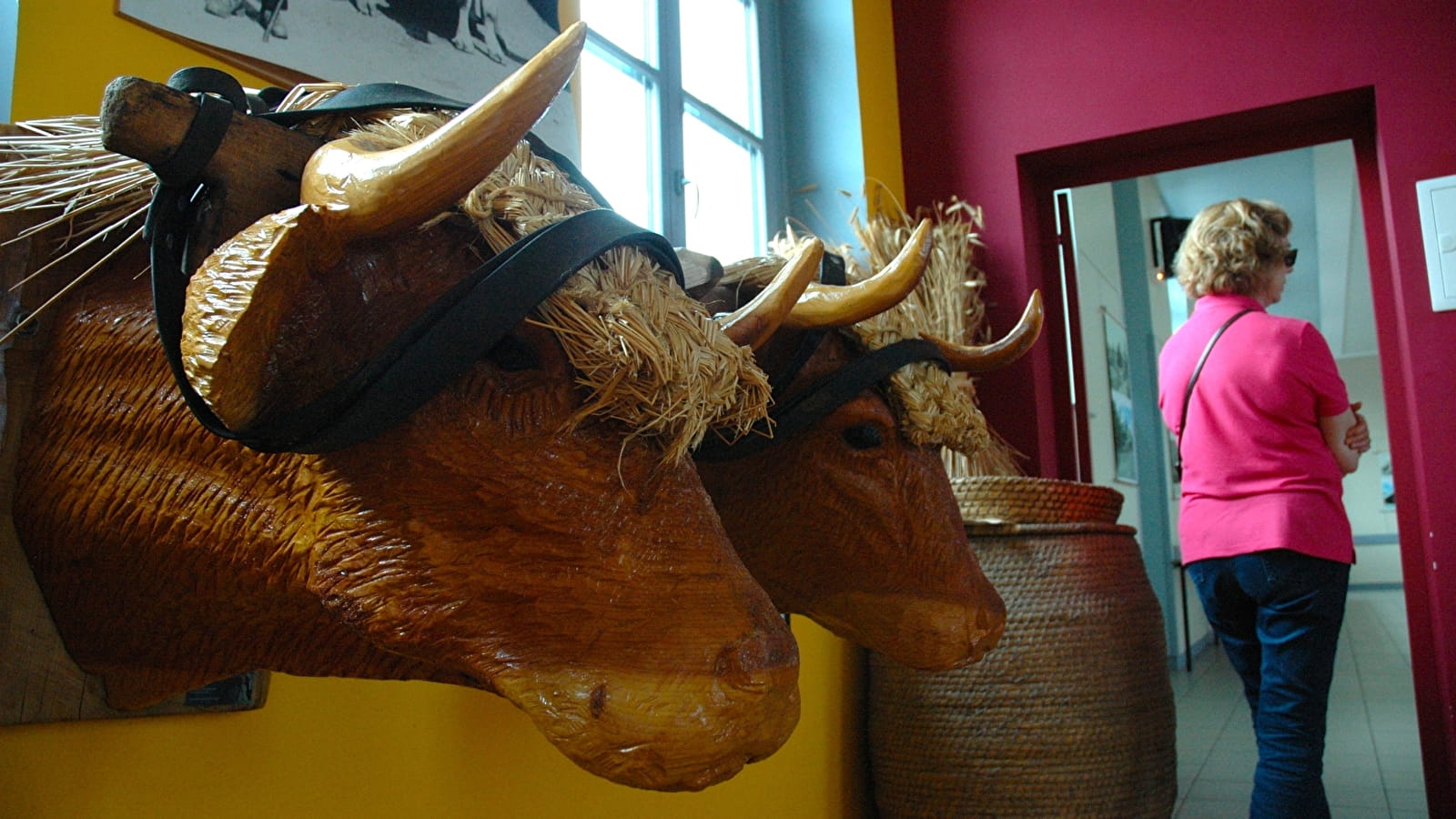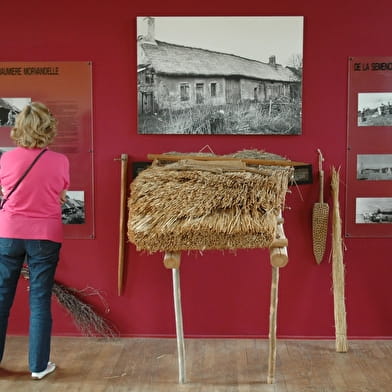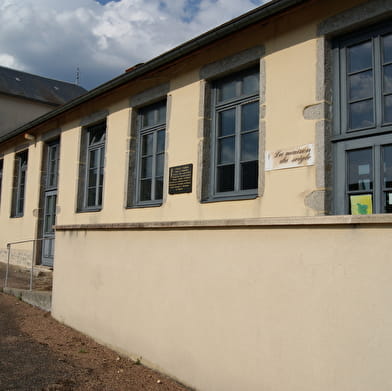
Maison du seigle
In the last century, rye was the main crop grown in Morvan, as it was the cereal best suited to the mountainous terrain and cold climate. It was also the symbol of the closed, food-producing economy of this "country". In the mid-19th century, between 12,000 and 15,000 hectares of land were planted with rye. The highest density was found in the centre and south of the Morvan. The village of Ménessaire is no exception to the rule, and in the past, its southern slope, known as 'La Couture', was covered in rye fields.
The Maison du Seigle presents the history of this ancient farming practice, which disappeared in the 1950s. You'll discover how rye was widely used in many areas of Morvandois life. Traditional homes were thatched and the Morvandiaux were renowned roofers. Rye straw was also used to make beehives and a whole range of utilitarian objects. Rye straw was also an essential part of the daily diet.
The Maison du Seigle is part of the Morvan Ecomuseum's network of 9 houses: Maison des galvachers and Maison du Patrimoine oral de Bourgogne in Anost (71), Maison Vauban in Saint-Léger Vauban (89), Maison de l'élevage et du Charolais in Moulins-Engilbert (58), Le Musée de la Résistance en Morvan and Maison des Hommes et des paysages in Saint-Brisson (58), Maison des nourrices et des enfants de l'Assistance publique in Alligny en Morvan (58) and the Dun les Places Memorial (58) and 4 associated sites.
- French
- Cheques and postal orders, Cash
- Picnic area
Open by appointment only
Prices :- Base rate - full rate adult : 3€
- Gratuities (under 12s)
- Other rate (children aged 12 to 18, groups of at least 10 people and museum keys) : 1€
Brochures Bourgogne Tourisme
Consult our brochures online or order them to receive at home






